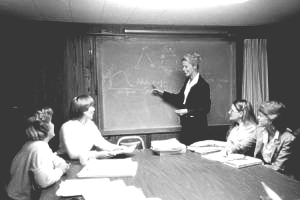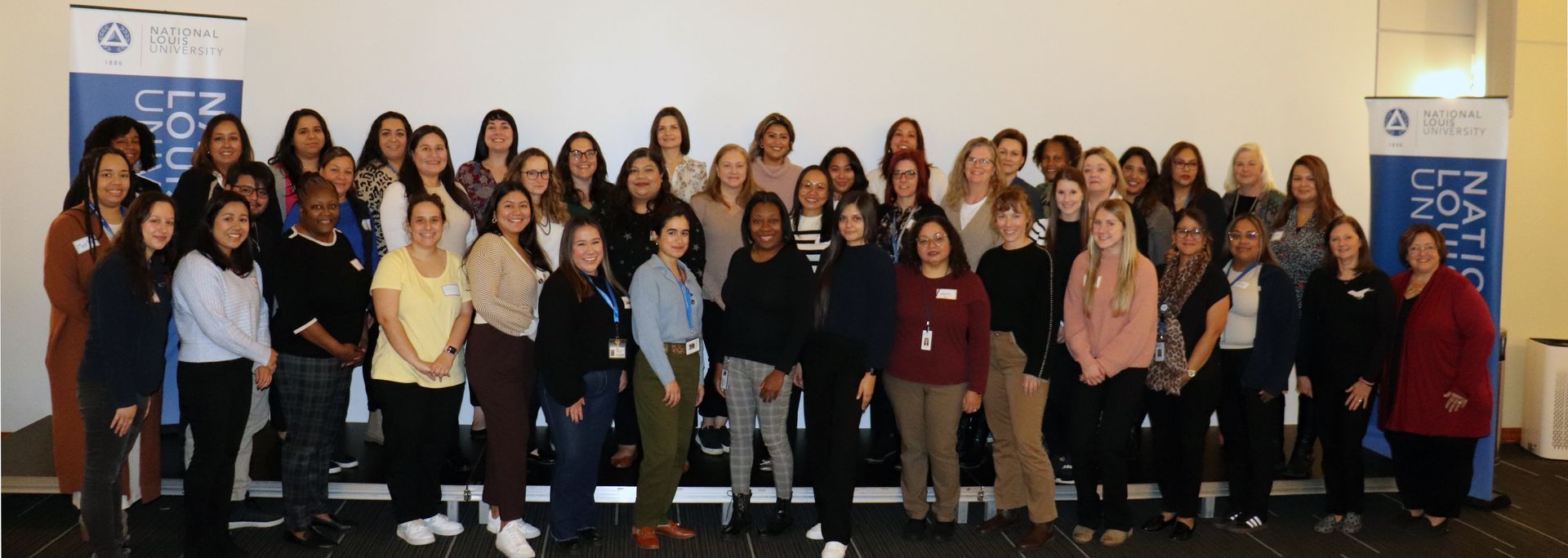BY Jill Bella | January 7, 2021
Have you ever been frustrated over and over again by the same problem? Have you ever established procedures for a task, explained them repeatedly to everyone involved, and then discovered the task was not accomplished correctly? Is there an important deadline that gets missed more often than you care to admit? Have you ever had an employee resign, and then realized you do not know how to locate important files, items, and passwords that are needed? If you said yes to any of these, it might be an indication that systems in your center could benefit from some improvement.
According to the Oxford English Dictionary, a system is “a set of principles or procedures according to which something is done; an organized framework or method.” The Program Administration Scale (PAS) highlights how important systems are for establishing and sustaining quality. If you are familiar with the PAS, you know that throughout the tool there are indicator statements of quality that include the word “system.” And, in the PAS “system” is defined very specifically. To receive credit for having a system there must be three components in place:
- tangible, concrete evidence;
- involvement of multiple individuals; and
- a defined process of accountability.
Having these three components of a system in place is not a guarantee that something will happen as planned; however, having the three components of a system in place makes it more likely to happen as planned. For instance, by having tangible, concrete evidence there is a physical reminder, something we can see and touch that reminds us to complete the practice. By having more than one person involved in the practice, it is more likely to occur because it is dependent on more than one person remembering to follow through. And, by having a defined process of accountability, the practice is more likely to happen as planned because there is a trigger, or prompt, in place to remind people to do it.
The third component of a system, a defined process of accountability, is often the most difficult to understand. Think of it as a reminder, or a check, to help ensure practices happen as planned. The word “defined” is key; it means that the practice is intentional. Someone thought it through and determined a step, or the steps, needed to help ensure that it would happen. In other words, a defined process of accountability is premeditated. As a result, the defined process of accountability can be clearly articulated. In some cases, a defined process of accountability is an embedded routine, so it becomes second nature, increasing the likelihood that it will occur.
To explore each component of a system further, let’s consider an example from the PAS. Item 16, Family Communications, indicator 7.4 states, “A system exists to support daily communication between teaching staff and families.” Note that this indicator is not about one-way communication. Teachers and families should be communicating back and forth. When interviewing an administrator about this indicator she said the following:
When each child enrolls at the center, we create a “This and That Notebook” for them. The notebook is placed in their cubby and at some point during the afternoon, the lead teacher writes a note to the family about something that happened during the day with their child. It could be routine information like how much their child ate or how long their child slept, or it could be something funny their child said. They might include a picture to accompany an anecdote. They can write in the notebook multiple times if they want, but they must write in the notebook at least once during the day to give families a sense of how the day went for the child. That notebook goes home with the child, and the family is expected to write in it before placing it back in the child’s cubby the next day.
The family handbook gives some detail about the purpose of the notebook and ideas for what to write about that might be helpful for the teachers. Likewise, the employee handbook provides teachers with the purpose of the notebook and examples of what to write about that might be helpful for the families. The education coordinator reviews the notebooks on a quarterly basis and provides feedback to lead teachers on their own writing as well as on how to get families more involved.
Now let’s identify the three components of a system in the example above. The tangible, concrete evidence of a system of daily communication between teaching staff and families is the “This and That Notebook.” There are multiple individuals involved in the system as well—the lead teacher, the family, and the education coordinator. The defined process of accountability is the back-and-forth routine between the lead teachers and the families of writing in, handing off, and reading the notebook followed up with the quarterly checks by the education coordinator.
In the PAS there are specific indicators that use the term system; however, systems can be developed for just about anything and are used to create efficiencies and become more effective. The following resource, Understanding Systems and the PAS: Developing a System can serve as a guide for how to develop or improve upon a system.
Do you coach directors and want to know more about the PAS or the topic of family engagement? Attend the Transformative TA Institute, February – March, 2021. This six-session virtual professional development experience focuses on strategies and tools for supporting program leaders.
References
“System: Definition of System by Oxford Dictionary on Lexico.com Also Meaning of System.” Lexico Dictionaries | English, Lexico Dictionaries, www.lexico.com/en/definition/system.
Talan, T. & Bloom, P. J. (2011). Program Administration Scale: Measuring early childhood leadership and management (2nd ed.). New York, NY: Teachers College Press.






